Red rock country in Utah is like entering a whole other world. Majestic sandstone cliffs colored in swirls of crimson, burnt orange, and deep vermilion line a landscape that looks almost too beautiful to be true. This is not just any hike spot — it’s a land where ancient cultures wrote their history on canyon walls, where slot canyons constrict to shoulder width, and where vast slickrock seas roll like frozen waves towards far-off mesas.
The backcountry trails spread across southern Utah provide something much more than the average day hike. The routes require preparation, route-finding ability, and a healthy respect for the desert, but they repay adventurous hikers with solitude and scenery rivaling anywhere in the world.
Here’s a list of 18 backcountry hiking trails that showcase the very best of Utah’s red rock wilderness. Each offers its unique character and challenges for those ready to venture beyond the crowded viewpoints.
Grand Gulch
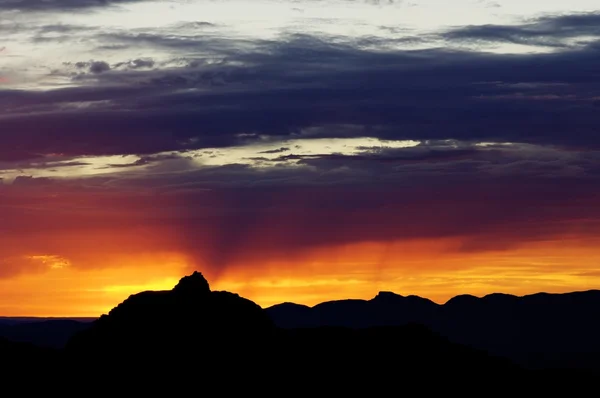
Perhaps Utah’s finest archaeological hiking experience winds through Cedar Mesa’s longest drainage system. Ancient Puebloan ruins appear around nearly every bend, from granaries tucked into cliff alcoves to elaborate dwelling complexes.
The route can stretch from a day hike to a week-long expedition, depending on how far you venture into this cultural treasure trove.
Dark Canyon Wilderness Loop
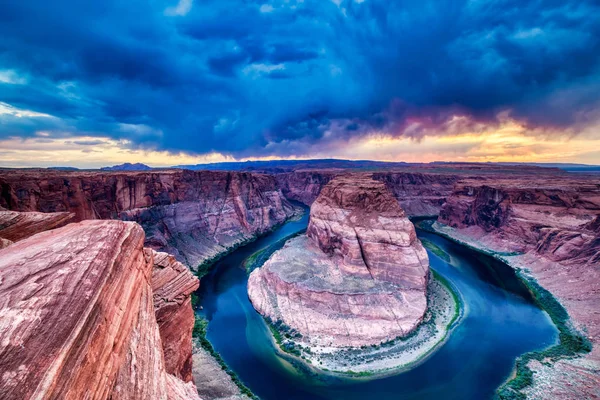
This remote 40-mile circuit feels more like hiking through the Colorado Rockies than Utah’s desert country. The trail descends through aspen and pine forests before entering red rock canyons dotted with archaeological sites.
Water sources can be scarce, making this a true wilderness challenge that separates the prepared from the hopeful.
Like Travel Pug’s content? Follow us on MSN.
Buckskin Gulch
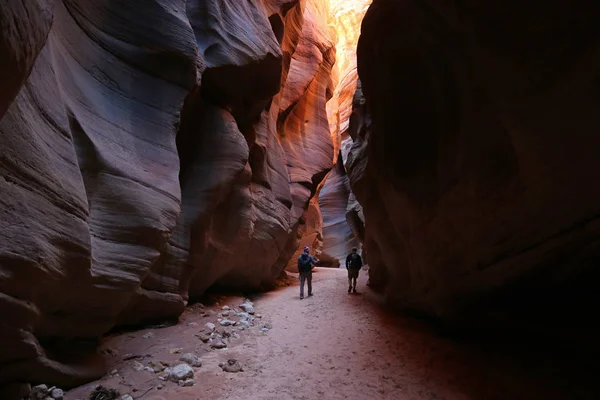
Often called the longest slot canyon in the world, this narrow sandstone corridor snakes for nearly 14 miles through the Paria drainage. The walls tower overhead while the canyon floor narrows to just a few feet wide in places.
Flash flood danger makes timing crucial, but the sculptural beauty of the undulating rock formations creates an almost otherworldly hiking experience.
Peek-a-Boo and Spooky Gulches
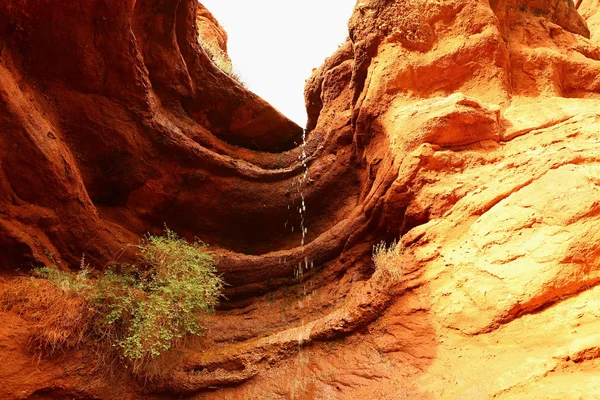
These twin slot canyons offer a taste of technical canyon navigation without requiring ropes or advanced skills. Peek-a-Boo requires some creative body contortions to squeeze through the narrowest sections, while Spooky lives up to its name with claustrophobic passages.
Both can be explored in a single day from the same trailhead along Hole-in-the-Rock Road.
Burro Wash
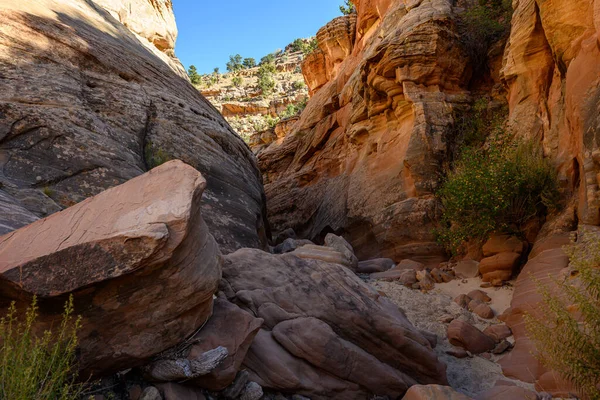
Capitol Reef’s longest slot canyon provides a perfect introduction to technical canyon hiking. The route features chokestones to scramble over, pools that might require wading, and narrow passages carved through Navajo Sandstone.
Unlike many slot canyons, Burro Wash can be hiked from bottom to top, making it accessible to hikers without rappelling gear.
Like Travel Pug’s content? Follow us on MSN.
Cohab Canyon
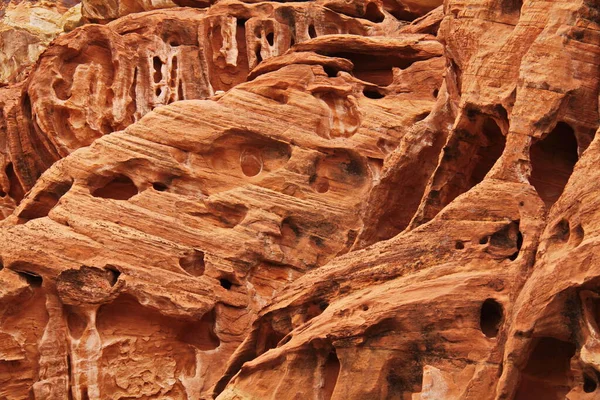
This hidden gem sits atop Capitol Reef’s Waterpocket Fold, offering a surprising variety of terrain in just a few miles. The trail winds through narrow slot sections, across slickrock benches, and past colorful canyon walls that residents once called ‘Easter Canyon’ for their pastel stripes.
Side trails lead to overlooks of the historic Fruita district below.
Willis Creek Narrows
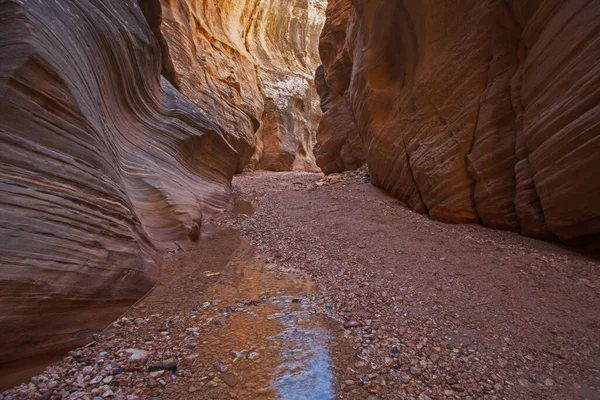
A relatively easy introduction to slot canyon hiking, this route follows Willis Creek through a narrow sandstone gorge. The canyon walls rise dramatically overhead while the creek bed provides a level walking surface.
Most of the route involves walking directly in the creek, so water levels and weather conditions become critical planning factors.
Bullet Canyon
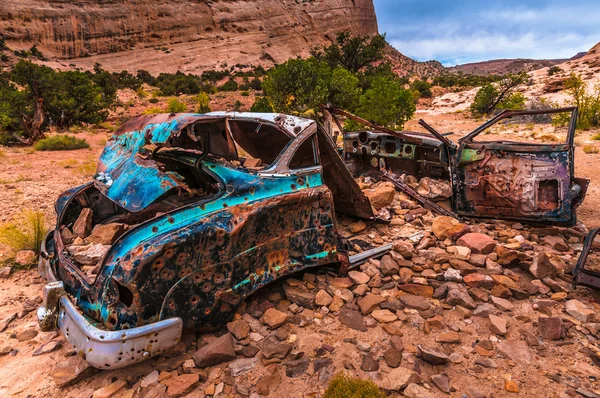
This major tributary of Grand Gulch contains some of Cedar Mesa’s most impressive archaeological sites, including the famous Perfect Kiva. The canyon requires permit reservations and careful navigation skills, but rewards visitors with well-preserved ruins and stunning red rock scenery.
Spring water sources make multi-day explorations possible for experienced backpackers.
Like Travel Pug’s content? Follow us on MSN.
Neon Canyon
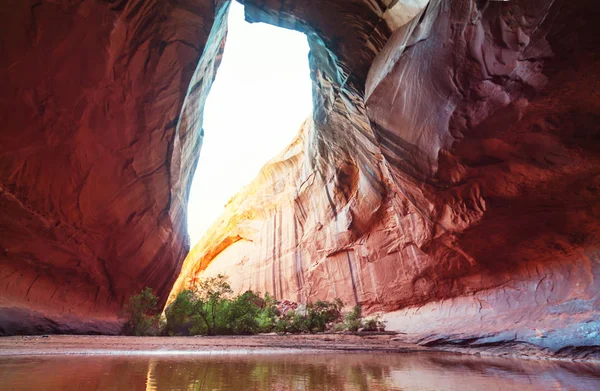
The approach to this slot canyon feels like a pilgrimage across moonscape terrain on Egypt Bench Road. Once you reach the narrow entrance, the canyon transforms into a photographer’s dream with golden light filtering through sculpted walls.
the relatively short length makes this perfect for a challenging day hike rather than an overnight expedition.
Fiftymile Creek
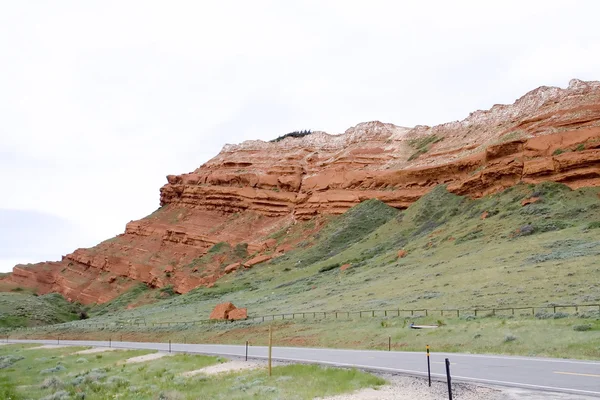
This remote drainage in Grand Staircase-Escalante sees fewer visitors than its famous neighbors, offering genuine solitude in spectacular canyon country. The creek provides reliable water sources and excellent camping opportunities beneath towering sandstone walls.
Beaver ponds add an unexpected element to this desert environment.
Death Hollow
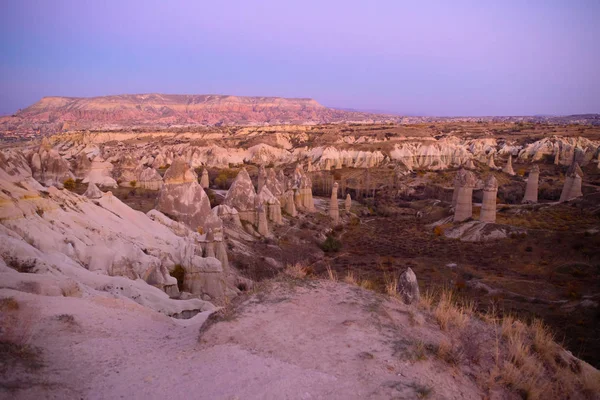
The name might sound ominous, but this upper Escalante tributary offers some of the finest slickrock hiking in southern Utah. The route follows pristine canyon bottoms carved through Navajo Sandstone, creating a landscape of sculptural beauty.
Technical sections require route-finding skills, making this better suited for experienced canyon hikers.
Like Travel Pug’s content? Follow us on MSN.
Slickhorn Canyon
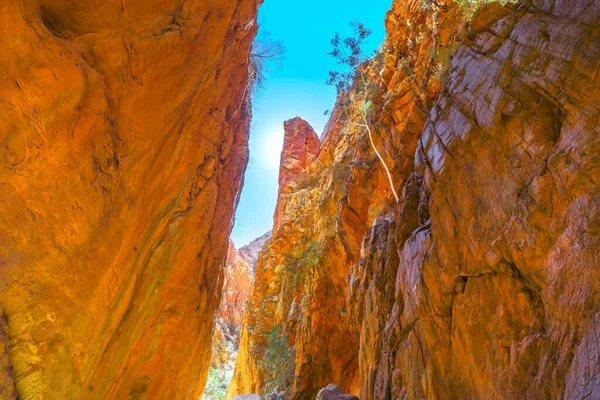
This major drainage system connects the high country of Cedar Mesa with the San Juan River far below. Multiple access points allow for day hikes or extended backpacking trips through varied terrain.
The upper reaches feel surprisingly lush for desert country, while the lower canyon narrows into classic sandstone gorges.
House on Fire Ruin
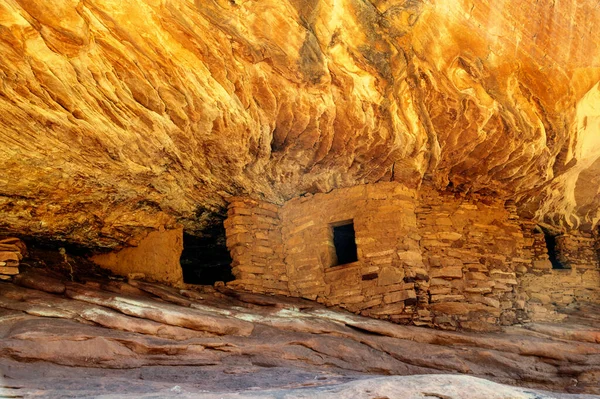
While technically a short hike, reaching this iconic archaeological site requires navigating the maze-like upper reaches of Mule Canyon. The ruin gets its name from the way reflected light creates the illusion of flames dancing across the ancient masonry.
Photography enthusiasts often time their visits for late afternoon when the light effect reaches its peak.
Woodenshoe Canyon
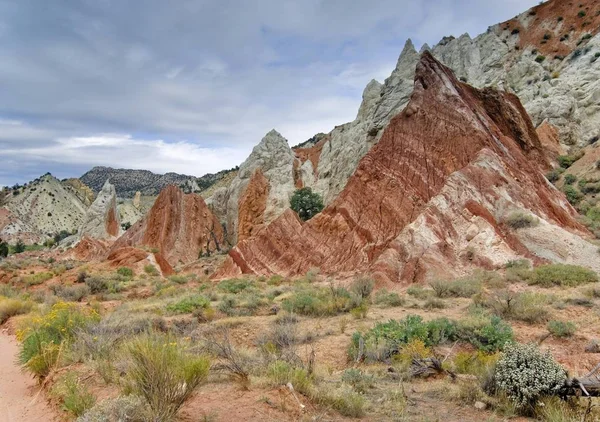
The main access route into Dark Canyon Wilderness begins in montane forest and gradually descends into classic red rock country. This transition zone showcases the incredible ecological diversity of southern Utah’s canyon country.
Cherry Canyon provides a major side trip opportunity with flowing water and additional archaeological sites.
Like Travel Pug’s content? Follow us on MSN.
Phipps Arch and Maverick Bridge
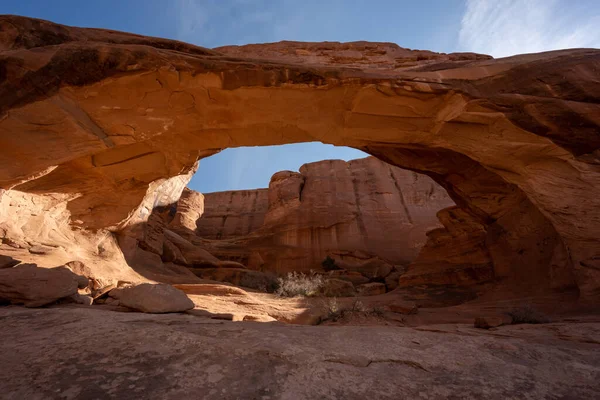
This day hike from the Escalante River combines riparian walking with dry wash exploration to reach two distinctive natural spans. The route requires at least one river ford and careful navigation through Phipps Wash.
Both arches offer excellent photography opportunities and represent classic examples of sandstone erosion patterns.
Fish Creek and Owl Canyon
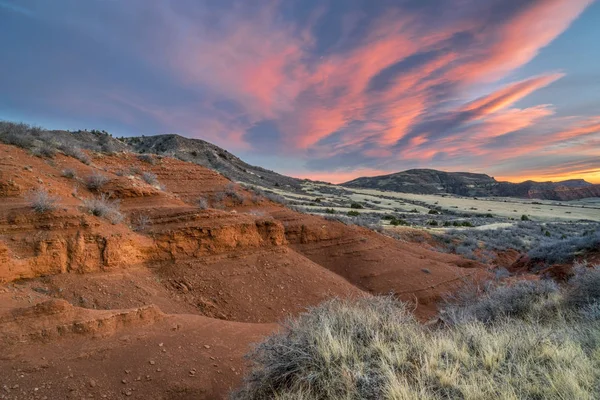
These parallel drainages on Cedar Mesa provide access to some of the region’s most remote archaeological sites. The canyons require advanced planning and navigation skills, but offer rewards in proportion to the effort required.
Flowing water in both systems supports hanging gardens and provides reliable camping opportunities.
Cottonwood Wash
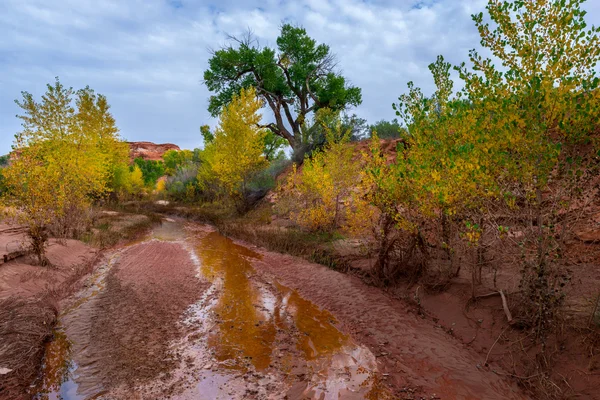
Capitol Reef’s second major slot canyon offers a wilder alternative to the more popular Burro Wash.. Technical obstacles include several dry falls and chokestones that require scrambling skills.
The narrow passages and dramatic lighting make this a favorite among photographers willing to work for their shots.
Like Travel Pug’s content? Follow us on MSN.
Paria Canyon
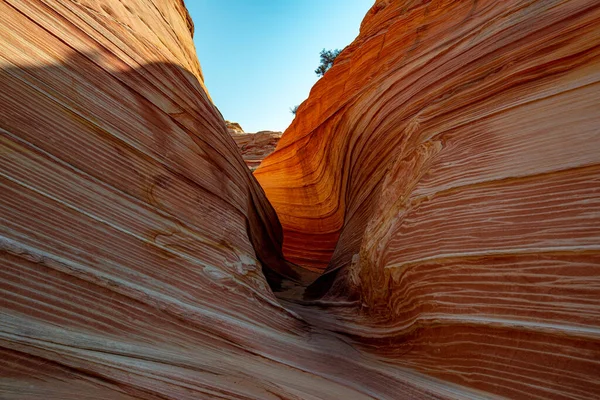
This classic wilderness river walk connects Utah and Arizona through one of the Southwest’s most spectacular gorges. The 38-mile route requires shuttle logistics and multi-day permits, but provides an unparalleled wilderness experience.
Towering walls rise hundreds of feet overhead while the Paria River provides the hiking corridor.
Where Ancient Footsteps Meet Modern Boots

These 18 trails represent just a sampling of the thousands of miles of backcountry routes threading through Utah’s red rock wilderness. Each path connects modern hikers with landscapes that have remained essentially unchanged since the Ancestral Puebloans walked these same routes centuries ago. The sandstone formations that challenged ancient travelers continue to test contemporary adventurers, while the reliable water sources that sustained prehistoric communities still provide life in the desert today.
Today’s backcountry hikers follow in footsteps that stretch back over a millennium, navigating by the same landmarks and seeking shelter in the same alcoves that protected earlier travelers. The permits and regulations that may seem bureaucratic to modern visitors help preserve these places, allowing future generations to experience the same sense of discovery and wonder that draws us to Utah’s red rock country today. In a world where true wilderness grows increasingly rare, these trails offer something precious: the chance to experience the landscape on its terms, exactly as it has existed for countless centuries.
More from Travel Pug

- 20 Best Beach Towns in the Carolinas
- 13 Destinations Where Tourists Regularly Regret Their Trip
- 20 Things You Actually Get in First Class
- 20 Small Airports With Aviation Museums
- 20 Places in the U.S. That Are Perfect for a Reset Trip
Like Travel Pug’s content? Follow us on MSN.
